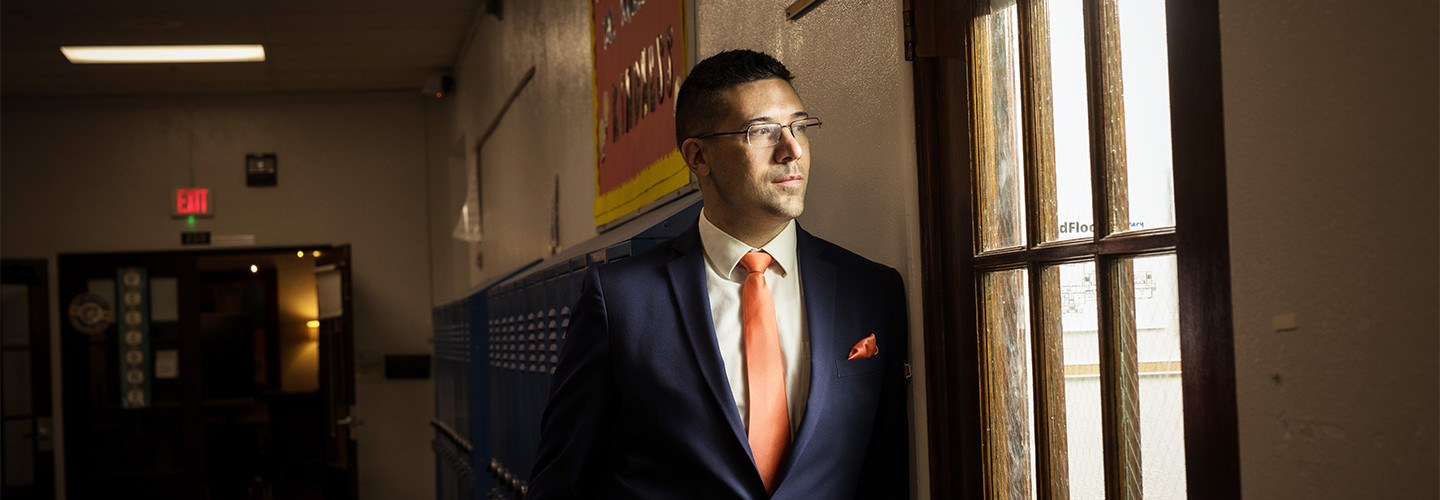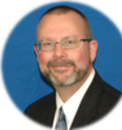Content filters and locked-down screens are designed to enforce academic integrity within an assessment model that needs revamping, Patterson says. Instead of asking questions whose answers are just a surreptitious internet search away, she suggests “more authentic” assessments based on students demonstrating skills and knowledge in creative projects.
Privacy Is Primary When Solving for Academic Integrity
In addition to districtwide solutions such as originality reports, JCPS allows individual schools to select technologies for plagiarism detection and content monitoring, Pierce says. However, those technologies must fit within budgets and meet strict requirements for protecting student data.
“We want schools to be able to use what works best for them,” he says. “We are very careful about student privacy. We make sure the companies we work with have demonstrated that they won’t lose control of the data, and we won’t find it floating around on the internet.”
Technology is not going away in education or in life, so it is important to mitigate student mistakes and misconduct carefully, he says.
“We do this by looking for a way to reintegrate that student into the curriculum in a restorative fashion,” says Pierce. “If we don’t handle missteps well as we push students into a digital world, they will retreat. We want them to understand and operate as good digital citizens.”
DISCOVER: How schools are protecting student data.
Use of Pandemic-Proven Tech Tools Continues in Schools
Turlock Unified School District in California had just implemented GoGuardian when COVID-19 forced it to switch to remote learning. The ability to monitor students’ screens from a distance helped TUSD teachers navigate the challenges of the pandemic.
Now that in-school learning has returned, GoGuardian and other tools that bolster good digital citizenship remain integral to their classroom arsenals, says Marshall Beyer, the district’s coordinator of educational technology. TUSD serves roughly 14,000 students in 14 schools.
“Increasing our reliance on technology was essential during the pandemic, but technology continues to be more and more important in education, along with tools that promote academic integrity,” Beyer says.
TUSD teachers continue to use GoGuardian to limit student access to certain websites, and Google forms to lock down assessment instruments, Beyer says. They address plagiarism by using Google’s originality reports app or other plagiarism detection software. The district also contracted with an online tutoring program, which includes a plagiarism check in its essay reviews.
Mindful of student privacy, the district disables applications like GoGuardian outside of school hours, Beyer says.
The technologies help, but they are only part of the response to student misconduct, says Beyer. “The key is a combination of using tools, using good practices and having discussions with students about attribution and acceptable behavior.”
Nye County School District Factors in Socioeconomic Challenges
Nye County School District, which serves about 6,000 students in 18 schools spread across 18,182 miles of western Nevada, is one of the nation’s largest districts geographically. NCSD uses GoGuardian for web filtering to block inappropriate sites, including those from which students might crib information and test answers, says NCSD Technology Director Robert Williams.
NCSD uses Google districtwide, and teachers can run originality reports to check on plagiarism, including a newer feature that adds documents generated within the district to the review. This prevents siblings and friends from recycling other students’ essays.










